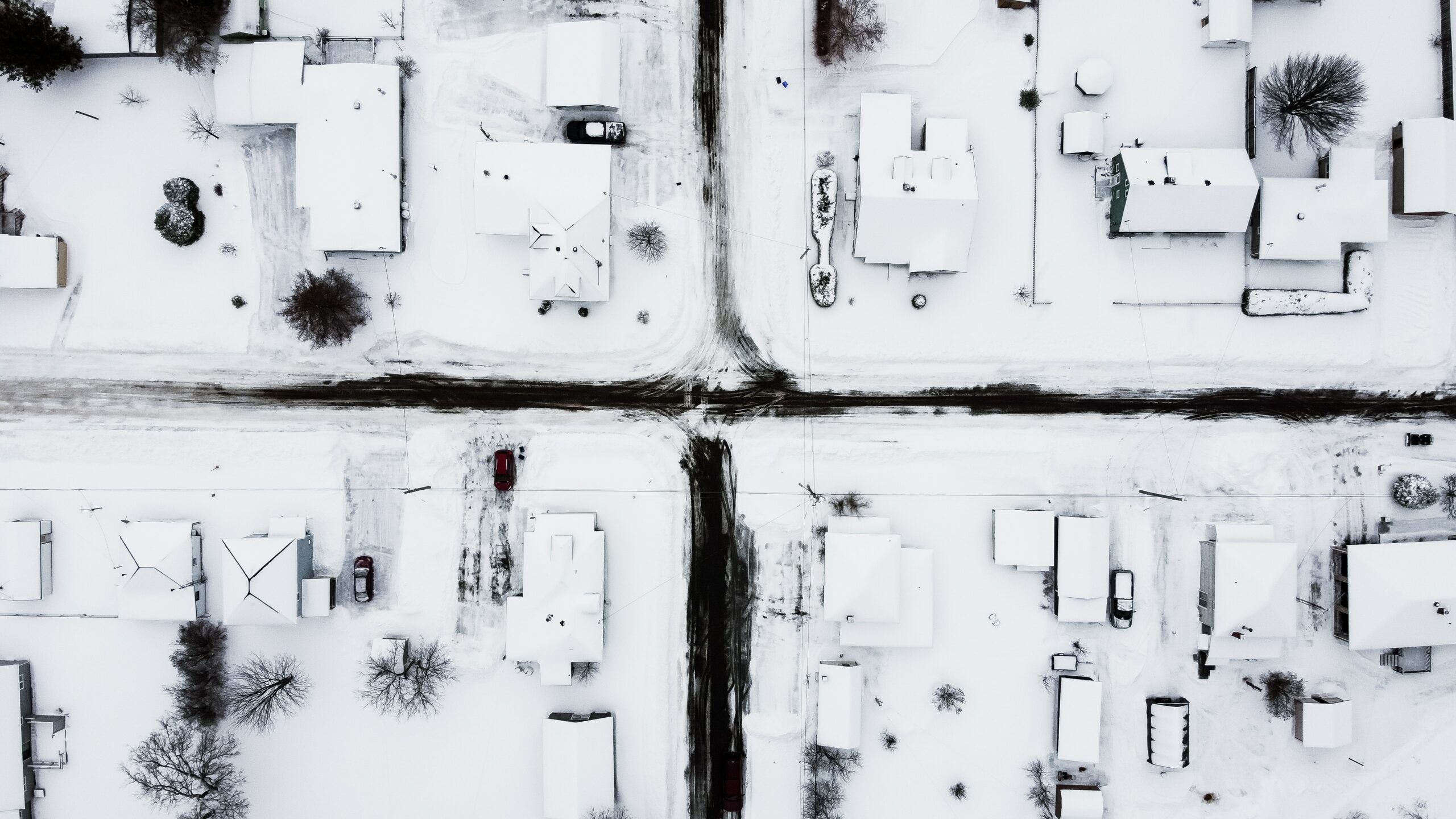You prepare for tax season and for your year-end financial advisor meeting. As you tackle that annual prep, it’s also a good time to ensure that you’re ready for a winter weather emergency. As the year winds down and December holidays approach, many Americans are bracing for a blast of extreme cold. Depending on where you live, you might face freezing rain, snow, ice, and dangerously high winds in the next few months. Winter weather events can cut heat, power, and communication services, putting residents—especially older adults, children, sick individuals, and pets—at risk. That’s why it’s important to think ahead and create a response plan to keep you and your family safe in a winter weather emergency.
Before the Storm
Create a home emergency kit. Use this Red Cross guide for gathering supplies you might need. Consider getting a portable generator in case of a power outage, but be sure to take safety precautions to avoid carbon monoxide poisoning, electrocution, and fire. Locate emergency shelters in your area so you’ll know ahead of time where to go if you can’t stay home.
Winter-proof your home. Install smoke and carbon monoxide detectors, inspect chimneys and flues, insulate walls and the attic, caulk windows, and weather-strip doors.
Winterize your vehicle. To prevent being stranded during a storm, install good winter tires and have a mechanic check your battery, antifreeze, wipers, windshield washer fluid, hazards, and brakes. Keep an emergency kit in your car that includes warm clothing, a windshield scraper, a small broom, a small bag of sand to create traction under the wheels, a bright cloth to tie to your antenna, and matches in a waterproof container. If you anticipate severe weather, fill your gas tank.
Sign up for local notifications. Download the Emergency app from the Red Cross to receive alerts about climate-related dangers in your area.
During Dangerous Weather
Limit time outside. Try to stay indoors. If you must venture outside, dress in layers, with a water-repellent outermost layer. Monitor yourself, family, and pets for signs of hypothermia or frostbite. Avoid activities that might cause overexertion, such as shoveling heavy snow or pushing a vehicle.
Stay in touch. Check on loved ones and neighbors to see if they need help. If you must evacuate, let someone outside your group know where you’re going.
Report outages. Be sure to have phone numbers handy for local utility and emergency services so you can report downed power lines.
Recovery Recommendations
Pay attention to local updates. Roads may be blocked or power lines may be down, and you’ll want to stay informed.
Stay off the roads. Avoid driving or traveling until conditions have improved.
Check on loved ones. Find out if you can be of any assistance, especially to people who require additional help, such as parents of infants, elderly people, those without transportation, and people with disabilities and those who care for them. Also, be sure that your animals have access to food, water, and shelter.
Avoid overexertion. Seek help clearing snow, if necessary. Heart attacks from shoveling heavy snow are a leading cause of death during winter.
Financial Recovery
Your family’s physical and emotional safety are, of course, the top priorities in an emergency. Once everyone is out of harm’s way, it’s important to consider the financial impact of a weather disaster.
File insurance claims. Contact your insurance company as soon as possible to report any damage. Prepare a list of damaged or lost items, with receipts, if possible. Photographs can help support claims.
Stop unnecessary expenses. If you’re not able to live in your home, for example, pause utility and phone bills.
Seek additional resources. Download this comprehensive guide to Disasters and Financial Planning from the Red Cross.
These tools/hyperlinks are being provided as a courtesy and are for informational purposes only. We make no representation as to the completeness or accuracy of information provided at these websites.


